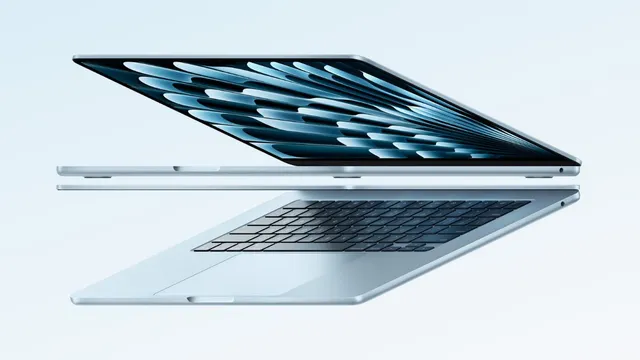- By Prateek Levi
- Thu, 18 Sep 2025 07:00 PM (IST)
- Source:JND
Apple may be about to implement one of its most ambitious design shifts to date: adding a touchscreen to the MacBook Pro. Based on several analyst reports, the company is experimenting with incorporating touch input in models down the line, a huge shift from its ages-long resistance to allowing touch input on laptops.
Touchscreen MacBook Pro in the Works
Industry expert Ming-Chi Kuo thinks Apple's initial OLED MacBook Pro will arrive with touchscreen capabilities integrated into it. Samsung's on-cell touch tech will likely be utilised for the display, with manufacturing probably commencing in late 2026. Everything going well, the laptop might arrive in stores in early 2027.
ALSO READ: iPhone 15 To Sell Under ₹50,000 In Amazon’s Great Indian Festival Sale: Check It Out
Kuo proposed that Apple's change comes from watching how people use iPads and, with it, concluded that touch input can enhance productivity and user satisfaction in some workflows. Analysts also point out that the change may muddy the division between the iPad and MacBook lines, which Apple has worked to maintain.
Processor and Feature Speculation
Bloomberg's Mark Gurman has also covered the OLED MacBook Pro, earlier associating it with an M6 chip. More recent rumours, however, suggest that Apple might use the future M7 processor instead. What has not been decided is if the laptop will feature additional items like Apple Pencil support or a 360-degree hinge.
Budget MacBook Plans
In addition to the high-end model, Apple is said to be working on a new budget MacBook based on the A18 Pro chip of the iPhone 16 Pro lineup. Priced around $700, the low-end version won't support touchscreens when it releases. Kuo mentioned, however, that Apple might include it in the second generation in 2027, although talks are still in discussion.
ALO READ: Aadhaar Mobile App To Launch Soon: Update Details Digitally Without Visiting Seva Kendra
If true, Apple's action would represent a fundamental shift in the way its laptops are employed, combining aspects of the iPad experience with the MacBook's classic productivity orientation.

